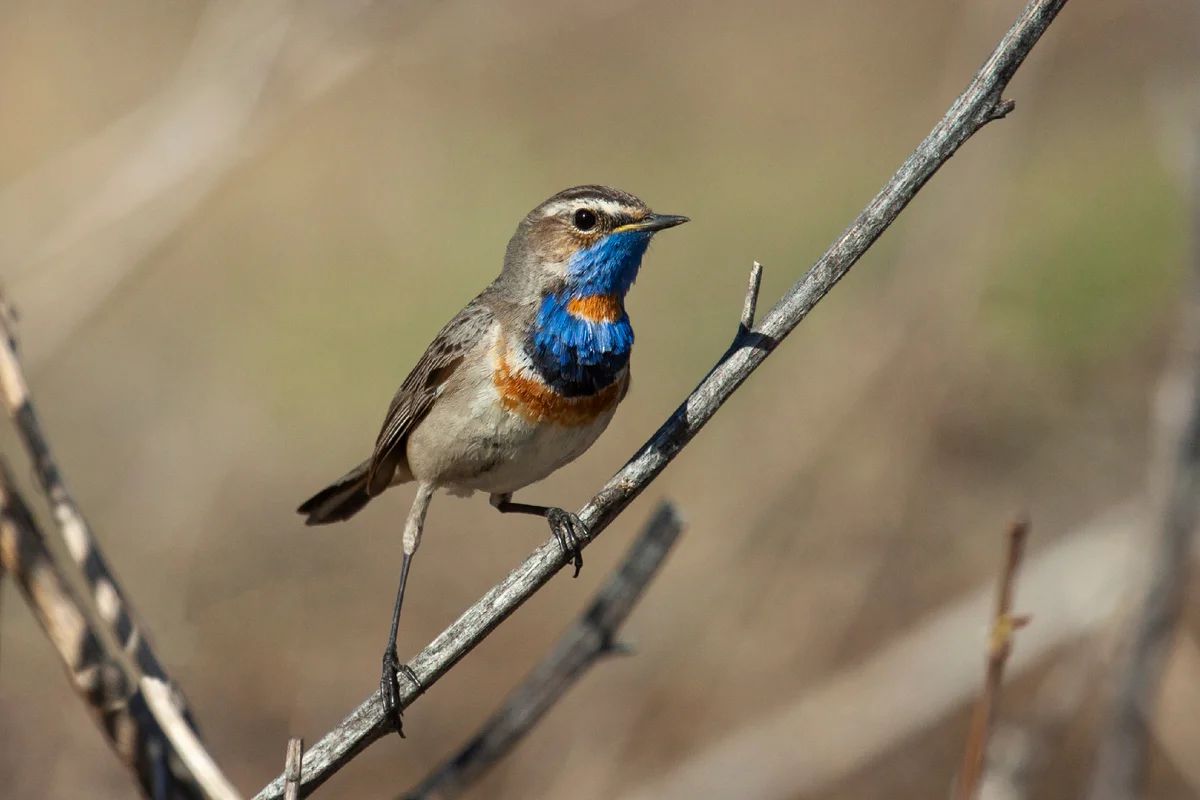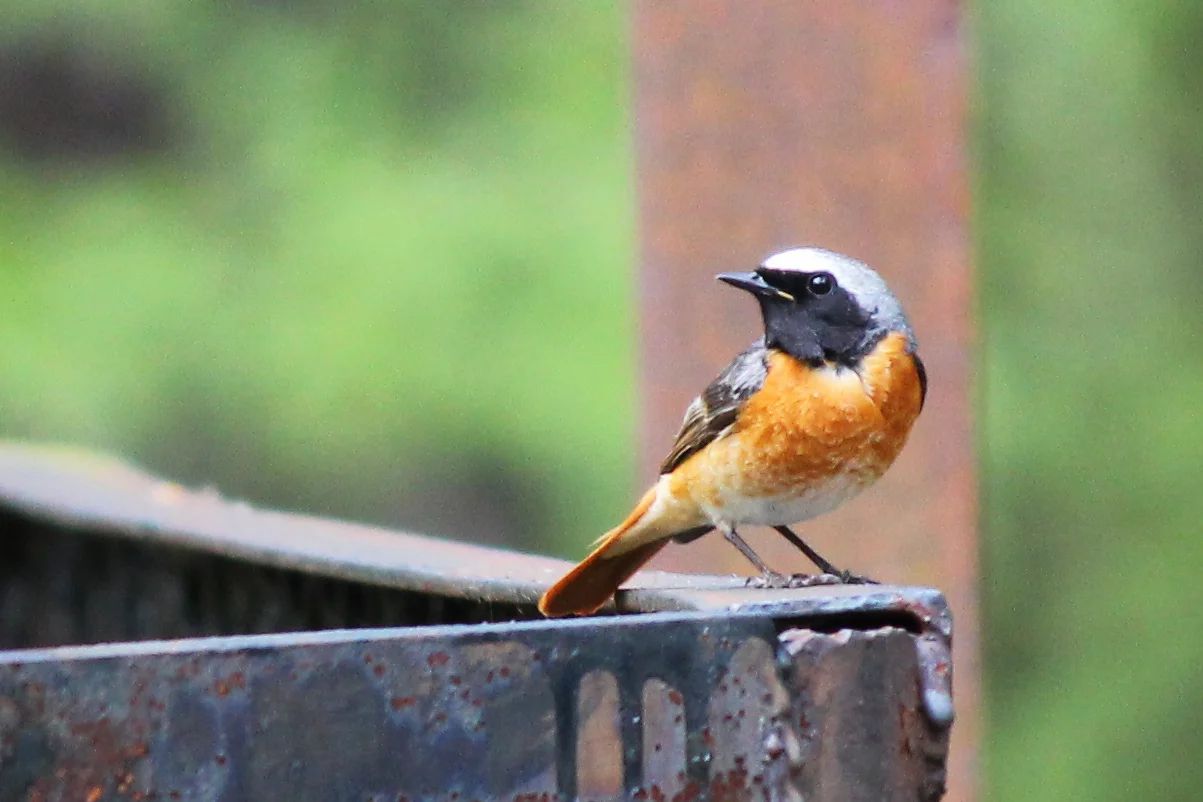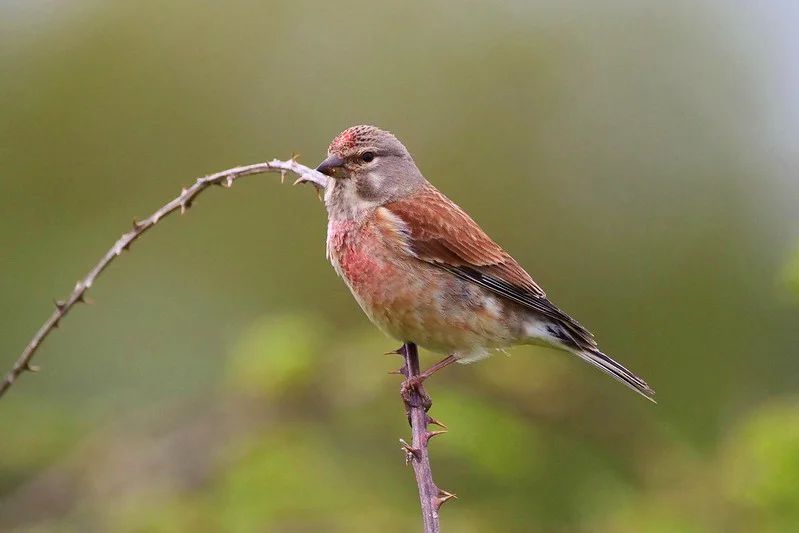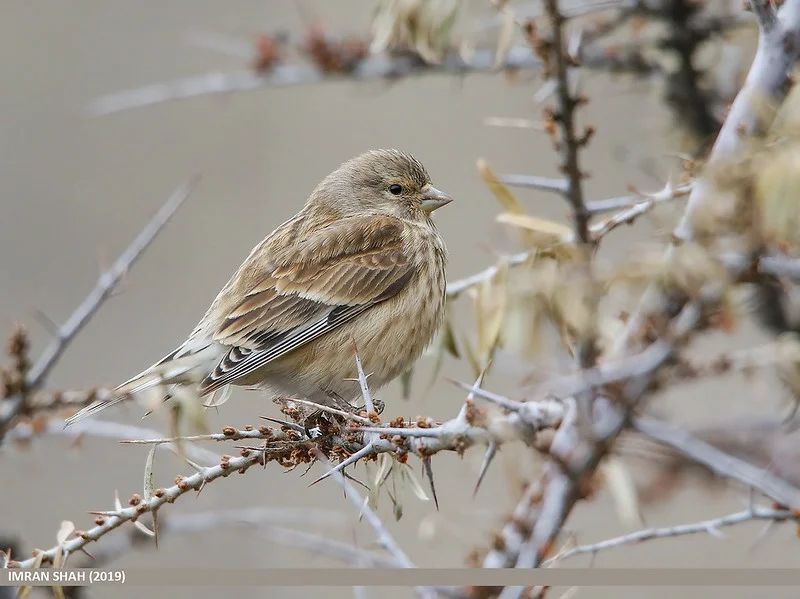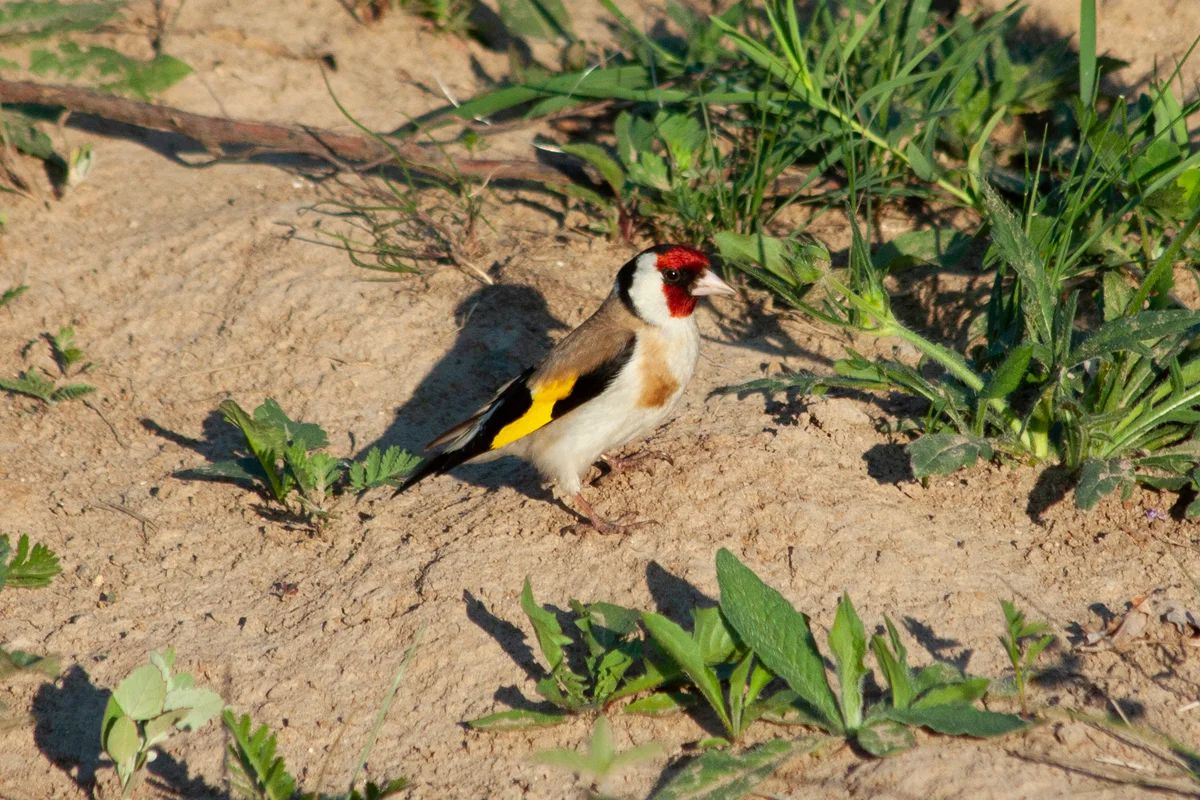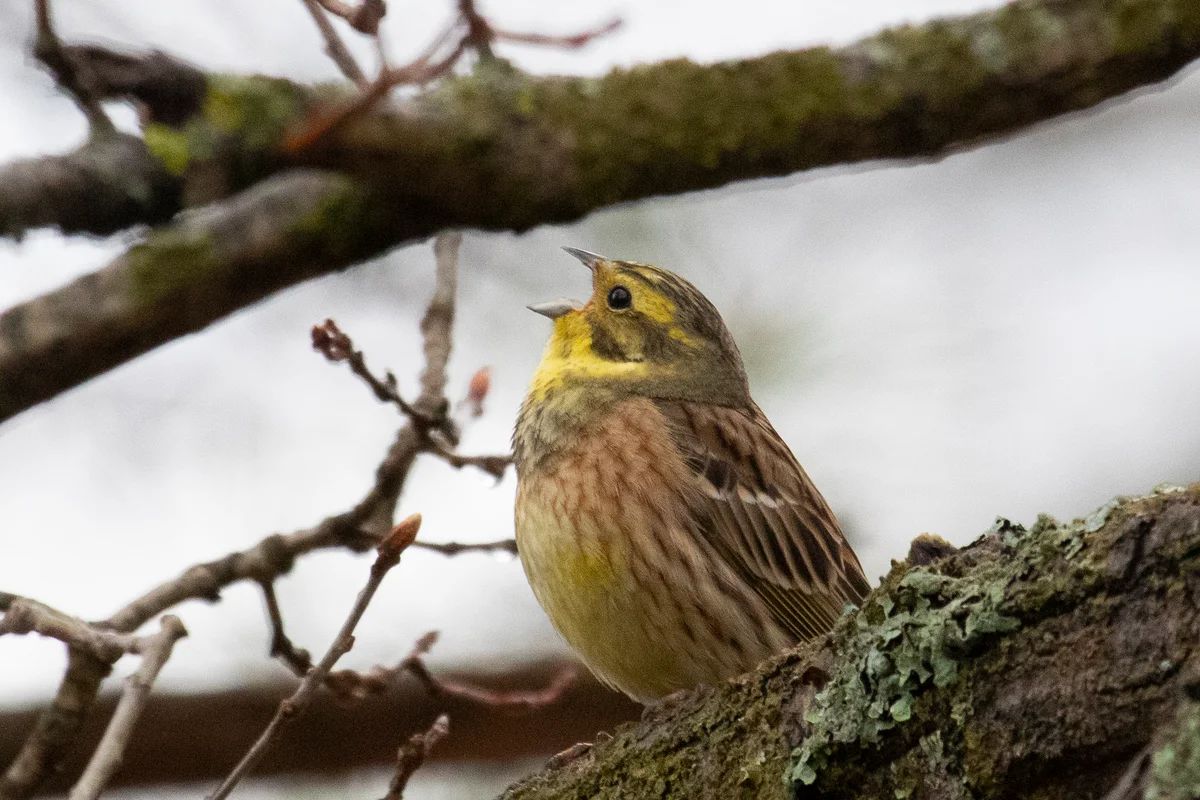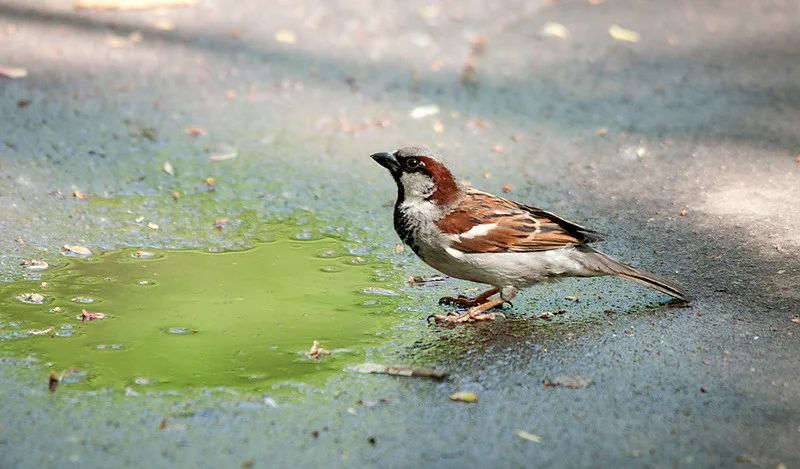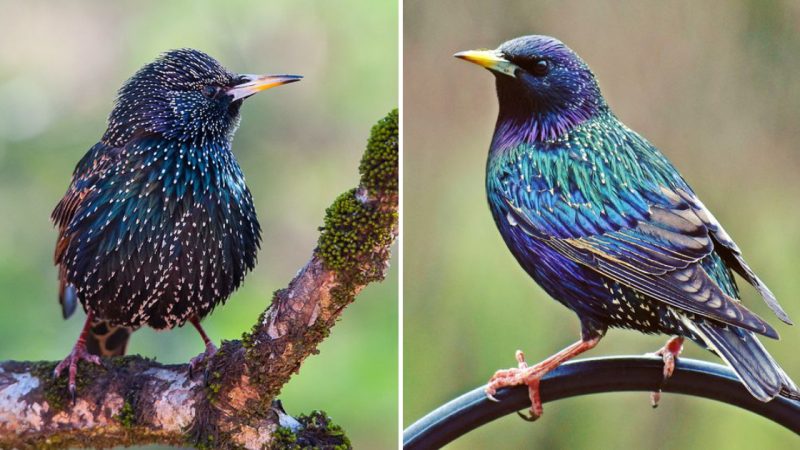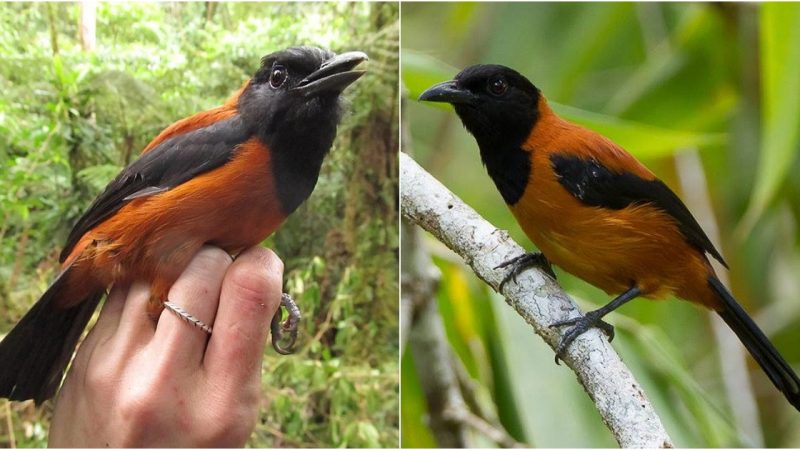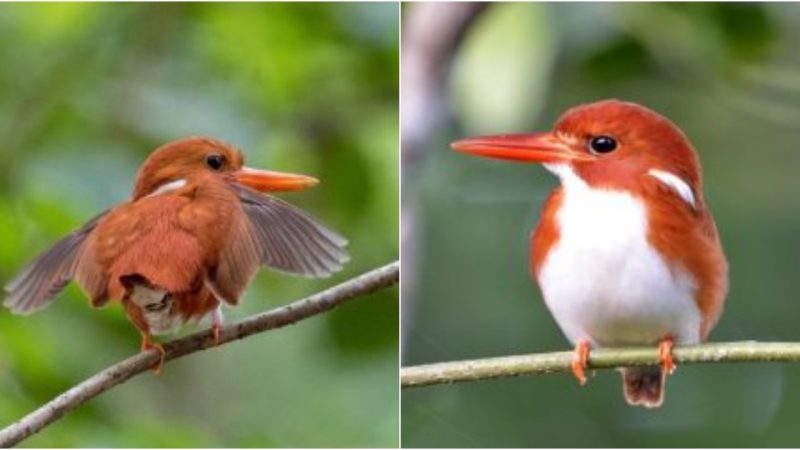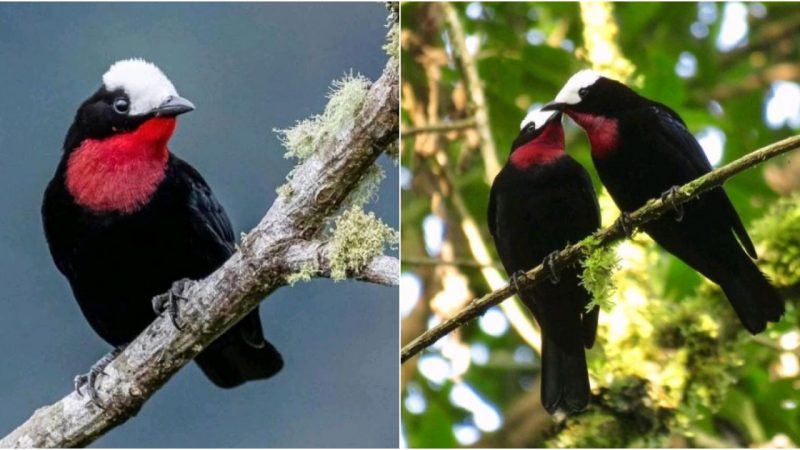Beauty of Bird in The Garden: Captivating Images and Melodious Calls
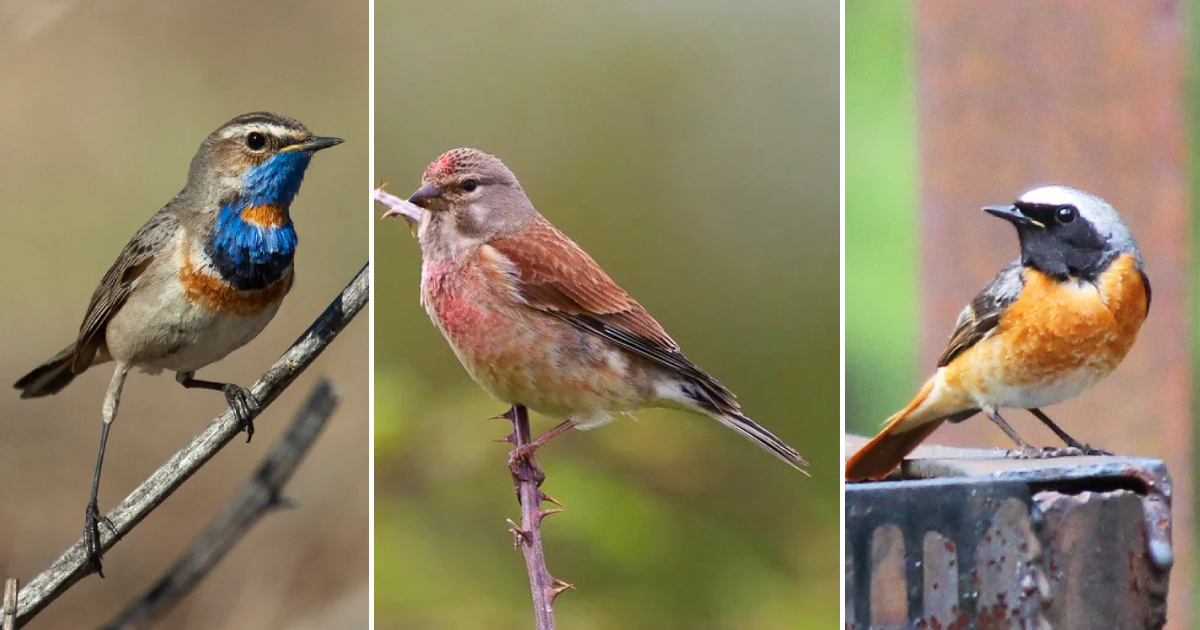
The diversity of feathered creatures in your garden depends on the surrounding landscape. If there are meadows and fields nearby, you may encounter species that thrive in open habitats. On the other hand, if there is a forest nearby, you can expect to find birds adapted to woodland environments. I will mention these factors in the following species profiles.
Furthermore, this list can be helpful for identifying birds not only in your garden but also in rural areas, on the outskirts of cities, or in other natural settings. So, let’s explore the avian inhabitants of our gardens.
White Wagtail
This is a well-known bird that appears in the central region around early May. It can often be seen scurrying through freshly dug vegetable patches in search of worms, spiders, insects, and their larvae. Wagtails nest in semi-enclosed spaces such as under roofs or in partially hollow structures.
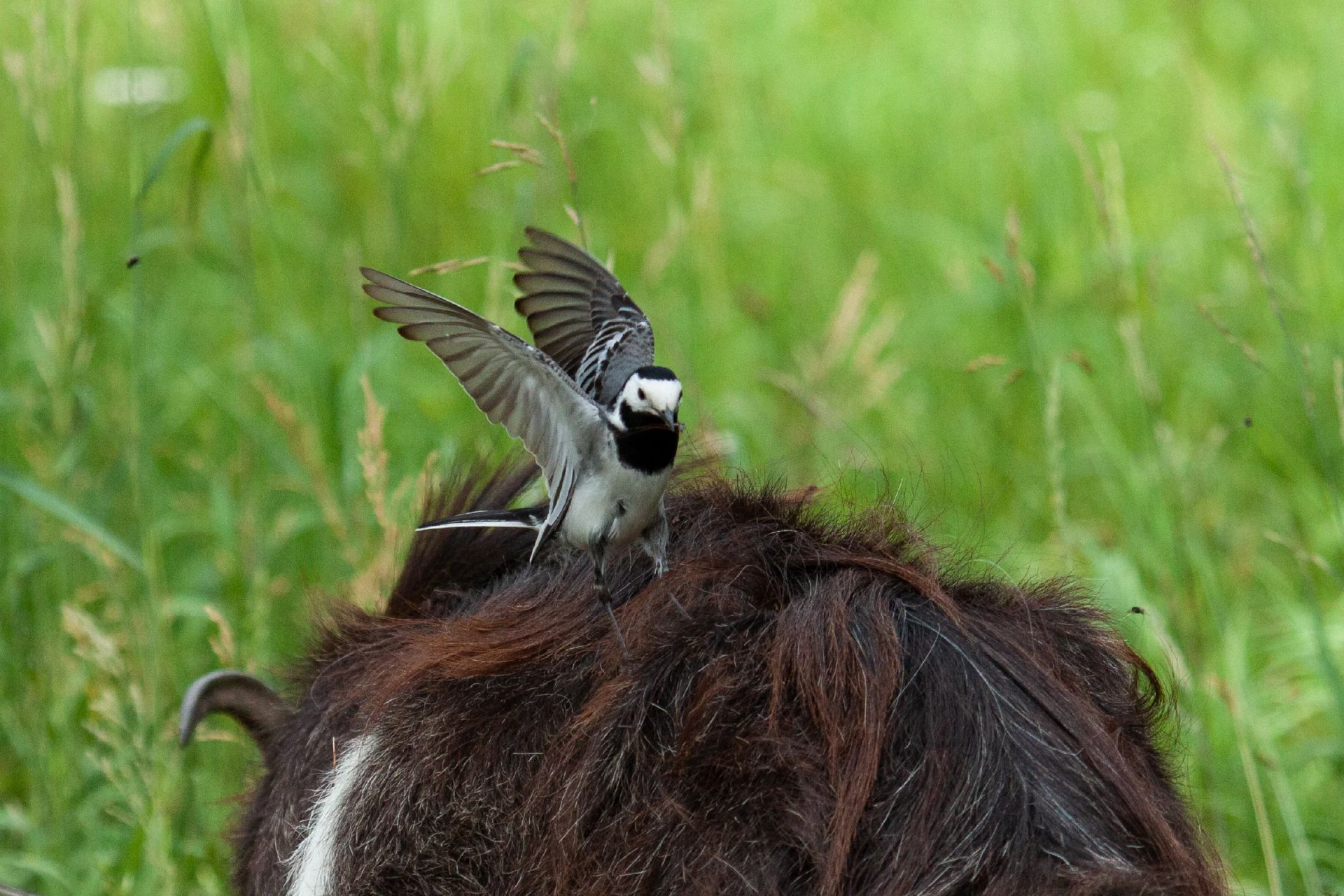
Whinchat
This bird resembles a sparrow with its striking appearance and equally impressive song (no wonder it’s closely related to the nightingale). The patch on its bright blue throat can be either reddish or white. Whinchats prefer wastelands, moist lowlands, and overgrown shores of water bodies. They may also settle in garden plots, delighting their owners with their melodious tunes. You can find a separate article about the Whinchat here.
Common Redstart
The Redstart is a vibrant bird that often takes up residence in gardens (hence the name). Its reddish tail is visible even during flight. Similar to wagtails, they nest in semi-enclosed spaces like under roofs or in woodsheds. The male Redstart is particularly known for its melodious singing. I have a dedicated article about the Redstart on my channel here.
Common Linnet, or Twite
Linnets are fond of settling in gardens. These birds are about the size of sparrows. Like other finches, they have a triangular beak that is thick at the base. Male Linnets have reddish chests and foreheads, along with brownish-red wings and back. The females, however, have a more modest appearance.
Black-headed Bunting
Another member of the finch family, this colorful and beautiful bird is smaller than a sparrow. Gardens are typical habitats for them, and they are easily recognized even in flight thanks to their distinctive chirping. Listen to their song:
Common Chiffchaff
Chiffchaffs begin their springtime serenade early. These birds are about the size of a greenfinch and have a characteristic green color with a yellow stripe on their folded wings. Their song is easily recognizable and memorable—a sound resembling a police whistle followed by an increasing “zzzz.” They often settle in gardens.
Eurasian Tree Sparrow
Everyone knows sparrows, but they deserve a mention. They nest in tree cavities or other shelters. The male and female Eurasian Tree Sparrows have distinguishable appearances: the male is more vibrant with a gray cap, while the female lacks sexual dimorphism. Field sparrows, which are more common in gardens, do not display sexual dimorphism either.
Field Sparrow
Field Sparrows are more inclined to inhabit the outskirts of cities, villages, farms, and gardens compared to their urban-dwelling counterparts.
Overall, their population numbers remain high. When people say “sparrows are disappearing from cities,” they are referring to the Eurasian Tree Sparrow. In contrast, the Field Sparrow is increasing its population in many areas.
